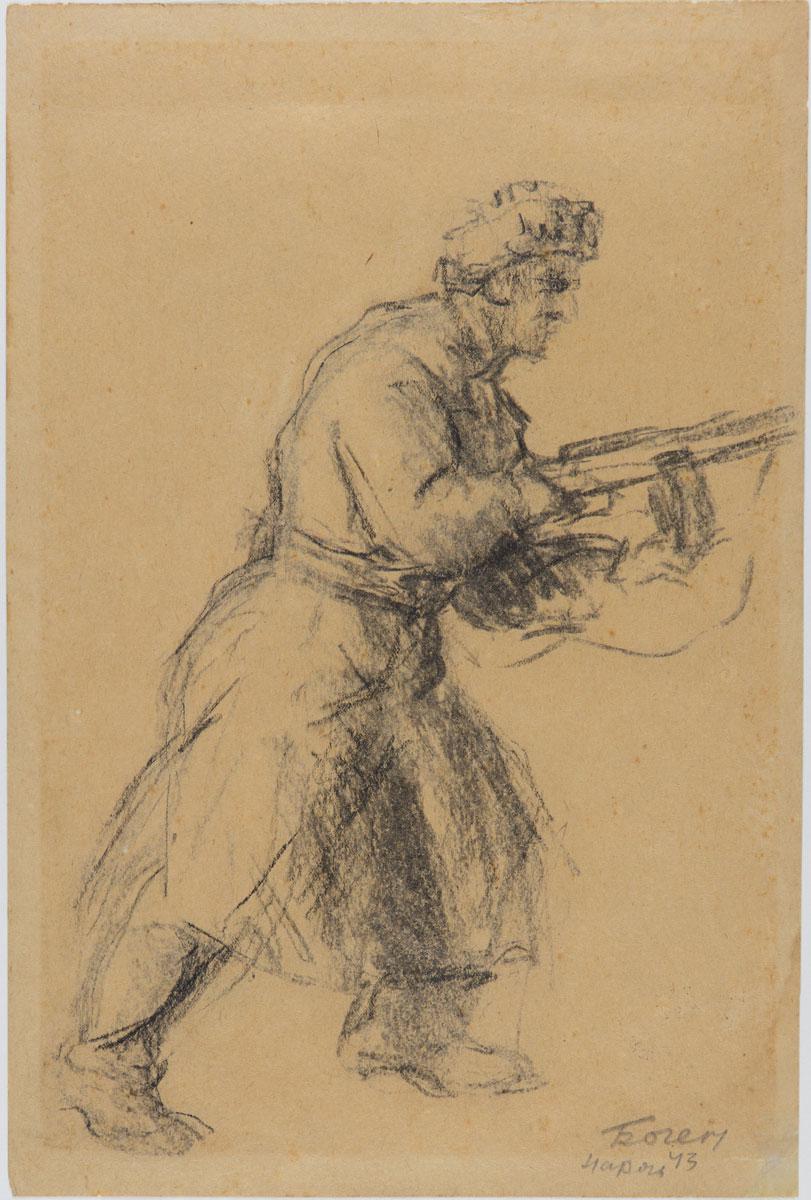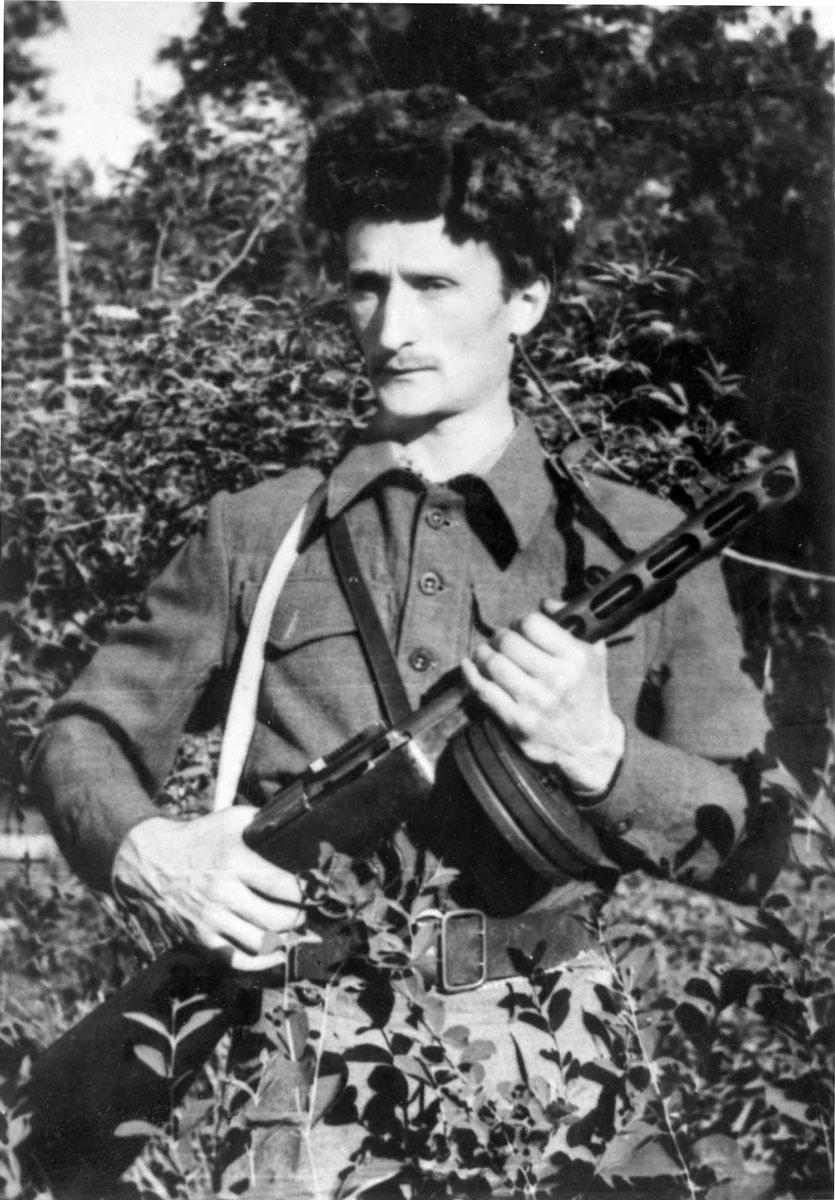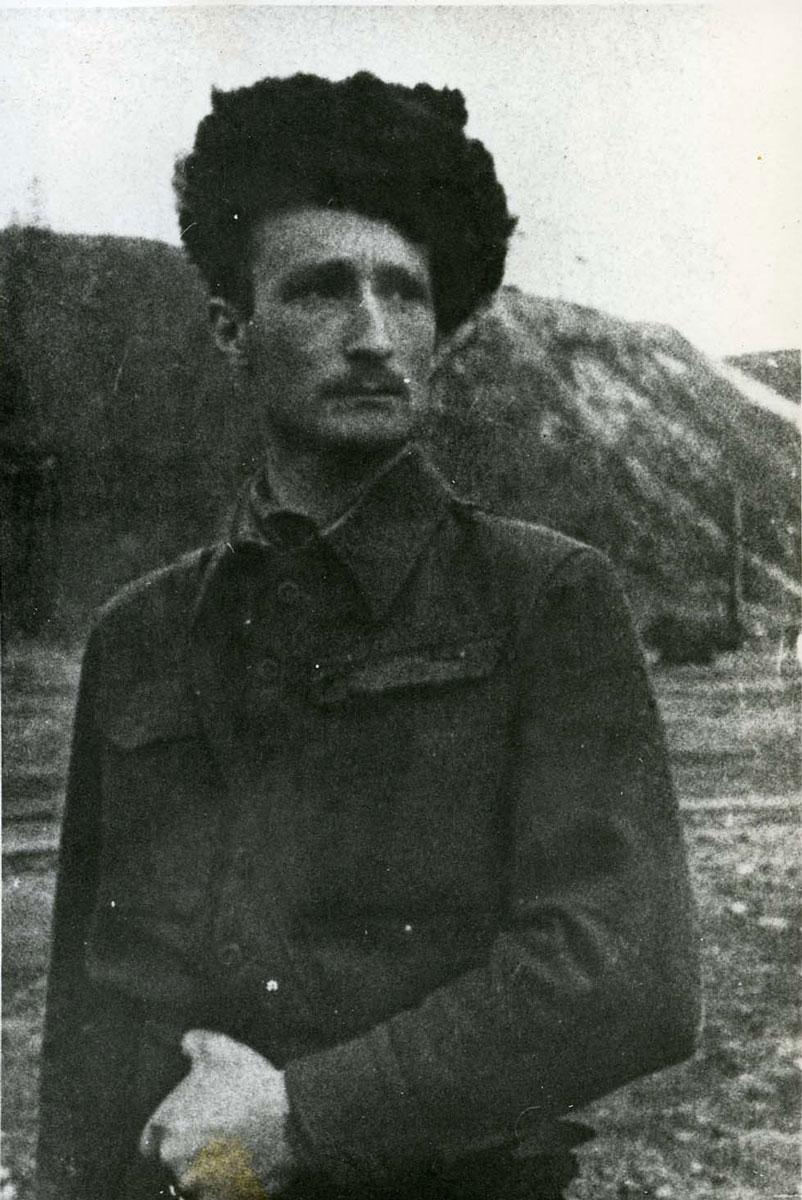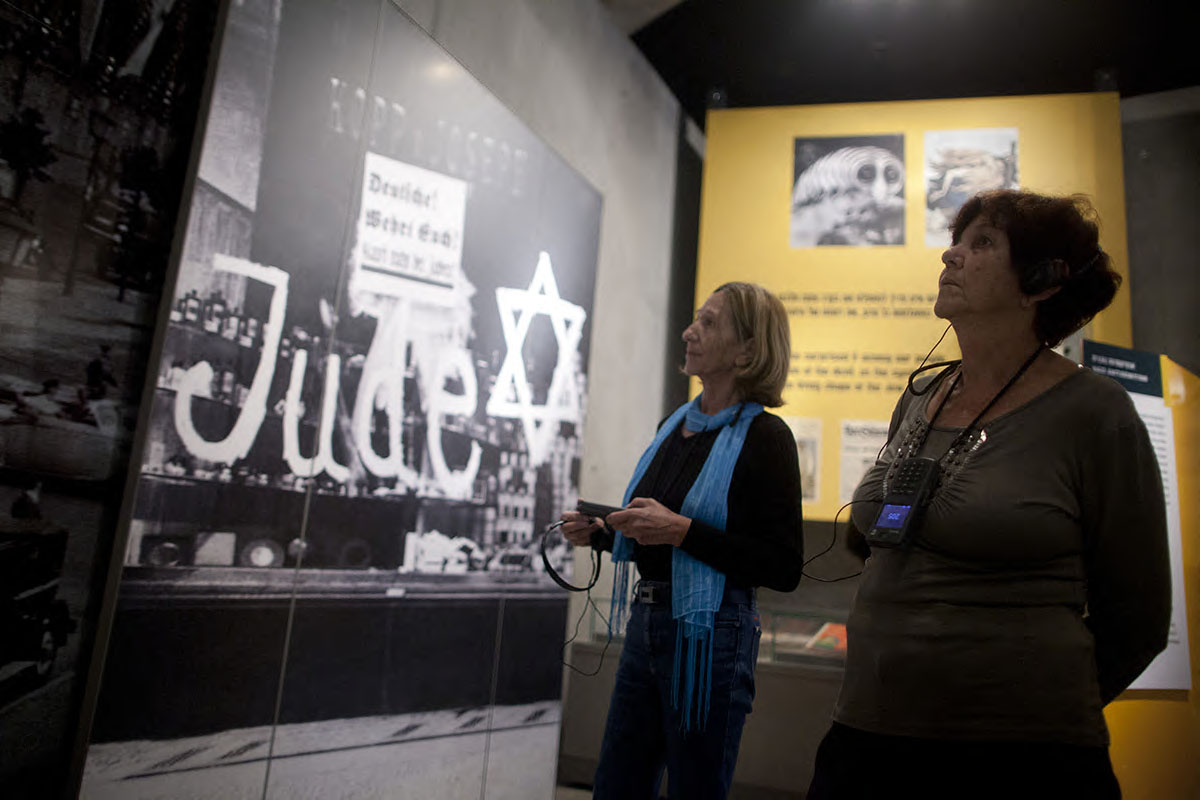
Pencil on paper
Collection of the Yad Vashem Art Museum, Jerusalem
Gift of the artist


Charcoal on paper
Collection of the Yad Vashem Art Museum, Jerusalem
Gift of the artist


Yad Vashem Photo Archive, 3271/71


Yad Vashem Photo Archive, 10043/3

Sunday to Thursday: 09:00-17:00
Fridays and Holiday eves: 09:00-14:00
Yad Vashem is closed on Saturdays and all Jewish Holidays.
Entrance to the Holocaust History Museum is not permitted for children under the age of 10. Babies in strollers or carriers will not be permitted to enter.

Pencil on paper
Collection of the Yad Vashem Art Museum, Jerusalem
Gift of the artist


Charcoal on paper
Collection of the Yad Vashem Art Museum, Jerusalem
Gift of the artist


Yad Vashem Photo Archive, 3271/71


Yad Vashem Photo Archive, 10043/3

Bogen was born in Tartu, Estonia. When Alexander Bogen was two years old, his father was conscripted into the Red Army and died in its ranks. Afterward the family moved to Vilna. In 1936, Bogen started his studies at the Vilnius Art Academy, but the outbreak of World War II cut his education short. With the commencement of Operation Barbarossa, he and his wife, Rachel, attempted to escape, but they were caught and interned in the Święciany ghetto and later in the Vilna ghetto. In 1943, Bogen succeeded in escaping to the partisans in the Narocz Forests. He returned to the Vilna ghetto, charged with the mission of organizing groups of youths, smuggling them out, and bringing them to the fighters. His wife and mother-in-law also joined him. He was also given the task of documenting partisan life and activity in his drawings.
When the war ended, the couple returned to Vilna. After completing his studies, Bogen lectured at the Academy of Fine Arts in Lodz. He and his wife immigrated to Israel in 1951. He taught art at the Hebrew University of Jerusalem and was chairman of the Association of Painters and Sculptors in Israel.
As part of his duties as a partisan in the Narocz Forests, Bogen documented the fighters and their activities. He drew his comrades in scenes of battle, hunger, at rest, and fatigued. Lacking proper art materials, he used wrapping paper he found, and burnt dry branches for charcoal. He used his penknife and wooden boards for carving woodcut blocks. In addition to its important documentary value, the glorification of the partisans and the commemoration of their courage played an important role in maintaining the fighters’ morale, and in psychological warfare.

Thank you for registering to receive information from Yad Vashem.
You will receive periodic updates regarding recent events, publications and new initiatives.

"The work of Yad Vashem is critical and necessary to remind the world of the consequences of hate"
Paul Daly
#GivingTuesday
Donate to Educate Against Hate


Worldwide antisemitism is on the rise.
At Yad Vashem, we strive to make the world a better place by combating antisemitism through teacher training, international lectures and workshops and online courses.
We need you to partner with us in this vital mission to #EducateAgainstHate
The good news:
The Yad Vashem website had recently undergone a major upgrade!
The less good news:
The page you are looking for has apparently been moved.
We are therefore redirecting you to what we hope will be a useful landing page.
For any questions/clarifications/problems, please contact: webmaster@yadvashem.org.il
Press the X button to continue



